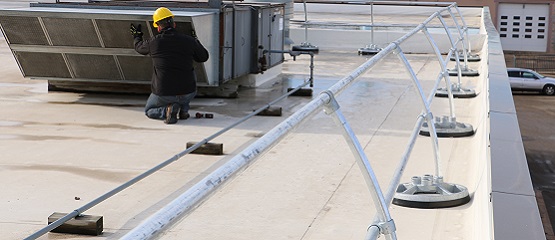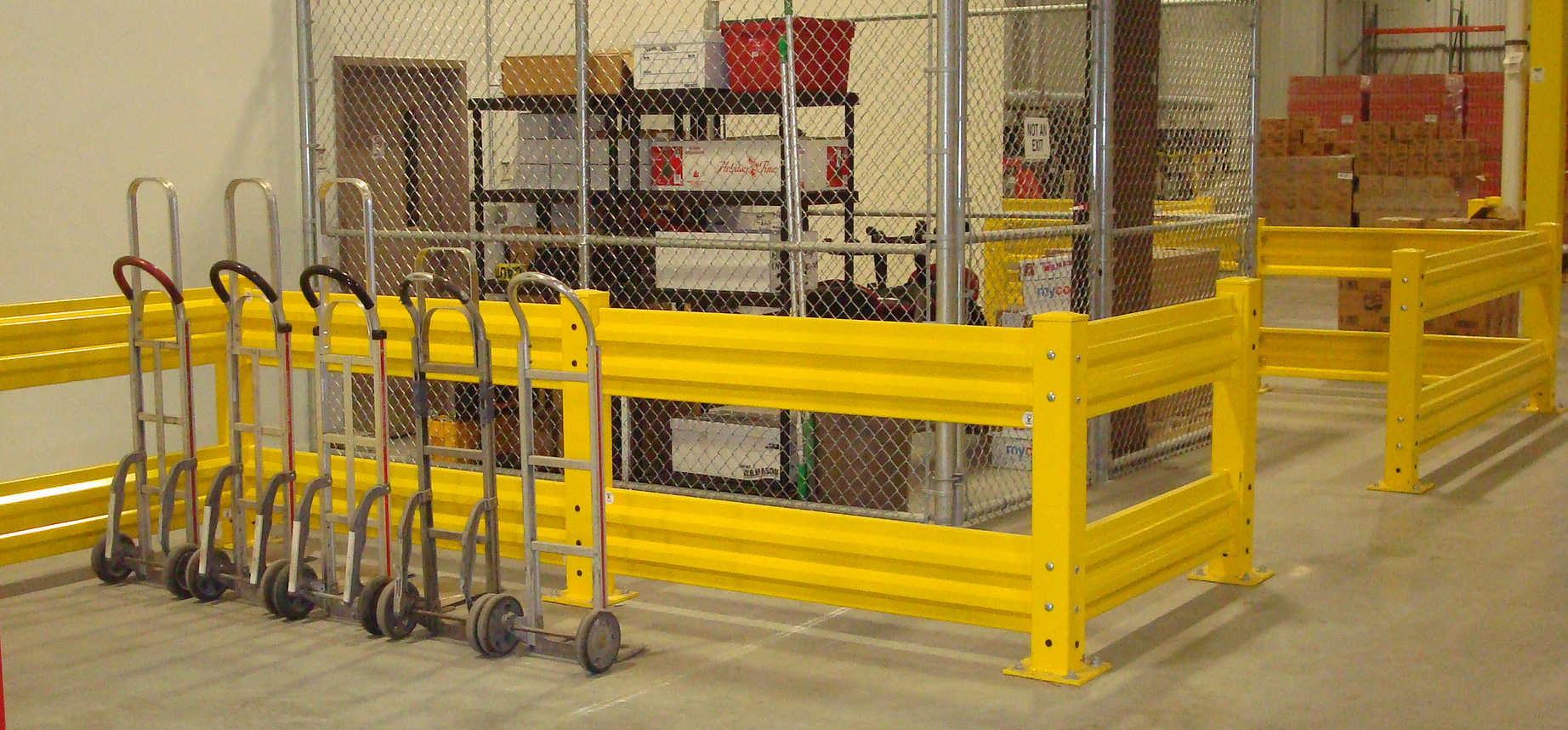
This approach has been successful in the construction industry since 1994. It eliminates the existing mandate to use guardrails as the primary fall protection method and gives employers the flexibility to determine what method they believe is more effective in their particular workplace situation.

To keep apprised of such developments, you can consult OSHA’s website at.
Osha guard rails update#
Also, from time to time we update our guidance in response to new information. Note that our enforcement guidance may be affected by legislative or rulemaking changes to OSHA requirements. The Agency’s interpretations explain these requirements and how they apply to particular circumstances, but they do not create additional employer obligations. OSHA requirements are set by statute, standards, and regulations. This final rule and the associated preamble, providing more detailed explanation of the rule, is available on the Federal Register website at 81 FR 82494, Walking-Working Surfaces Personal Protective Equipment Final Rule, November 18, 2016. Some requirements in the final rule have compliance dates after the effective date and will be discussed in further detail below.

The final rule was published on November 18, 2016, and became effective on January 17, 2017.

The rulemaking will significantly reduce the number of worker deaths and injuries that occur each year resulting from workplace slip, trip, and fall hazards. The intent of OSHA’s Walking-Working Surfaces standard, 29 CFR Part 1910, Subpart D & I, is to increase the protection of general industry employees and employers from hazards associated with walking-working surfaces.

Walking-Working Surfaces and Personal Fall Protection Systems Final Rule


 0 kommentar(er)
0 kommentar(er)
